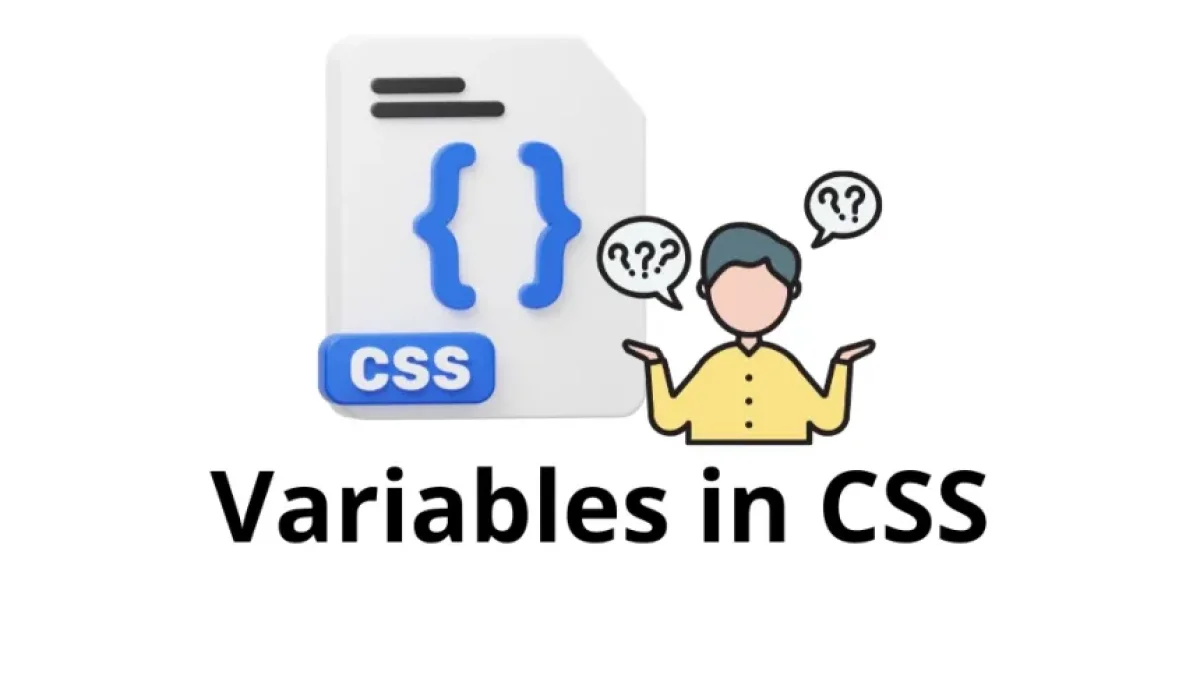CSS variables, also known as custom properties, are a powerful tool that allows web developers to keep their CSS code cleaner, more efficient, and easier to maintain. In this article, we will explore what CSS variables are, how they are used, and some tips and tricks for implementing these properties in your web projects.
What are CSS Variables?
CSS variables are a mechanism that allows you to define reusable values in your stylesheets. These variables are declared using the syntax --variable-name and can be used throughout the entire CSS document.
Example of Variable Declaration
:root {
--main-color: #3498db;
--main-font: 'Arial', sans-serif;
}In this example, we have declared two variables: --main-color and --main-font. The :root block refers to the root element of the document, meaning that these variables will be available throughout the stylesheet.
How to Use CSS Variables
Once you've declared your variables, you can start using them in your CSS. This is done with the var() function, which takes the variable name as an argument.
Example of Using Variables
h1 {
color: var(--main-color);
font-family: var(--main-font);
}In this case, we are using the variables --main-color and --main-font for the styles of an <h1> heading. Thanks to this, if we ever need to change these values, we will only do it in one single place.
Advantages of Using CSS Variables
1. Easier Maintenance
Using CSS variables helps make your code cleaner and more organized. Instead of repeating values, you can define them in one place and reuse them wherever necessary.
2. Consistency in Styles
By using variables, you ensure that styles remain consistent throughout your project. Changing the value of a variable will update all styles that depend on it, thus avoiding visual discrepancies.
3. Theming and Responsive Design
CSS variables make it easy to implement different themes. For example, you can define variables that change according to light or dark themes, making the transition much simpler.
:root {
--background-color: #ffffff;
--text-color: #000000;
}
[data-theme='dark'] {
--background-color: #000000;
--text-color: #ffffff;
}In this case, changing the data-theme attribute will automatically alter the colors throughout the application.
Tips for Effectively Using CSS Variables
Maximize Their Potential
- Use Descriptive Names: When naming your variables, make sure they are descriptive of what they represent. For instance, --accent-color is clearer than --color1.
- Group Your Variables: You can group related variables, such as colors, fonts, or sizes, to keep your code organized.
:root {
--main-color: #3498db;
--secondary-color: #2ecc71;
--title-font: 'Georgia', serif;
}Be Careful with Excessive Use
While variables are useful, it's crucial not to overdo it. Although adding a variable for every small value may seem like a good idea, it can also make your CSS harder to read. Use variables for values that genuinely need to be reused in multiple places.
Browser Compatibility
CSS variables are widely supported in modern browsers. However, make sure to check compatibility if you are working on a project that needs to be accessible in older browsers.
Practical Example
Here is a practical example that shows how you can use CSS variables in a real project:
:root {
--background-color: #f0f0f0;
--text-color: #333;
--font-size: 16px;
}
body {
background-color: var(--background-color);
color: var(--text-color);
font-size: var(--font-size);
}
button {
background-color: var(--main-color);
color: white;
padding: 10px 20px;
border: none;
border-radius: 5px;
cursor: pointer;
}
button:hover {
background-color: var(--secondary-color);
}In this code, we have defined several variables and used them to style the body and button. Changing the properties in the :root block will automatically update the style of the entire page.
Conclusion
CSS variables are an effective tool for creating cleaner, more organized, and maintainable code. By using them strategically, you can enhance the quality of your CSS and facilitate teamwork, as well as the implementation of future changes. Start experimenting with CSS variables in your upcoming projects and discover how they can transform your workflow.
Remember, cleanliness and efficiency in code are fundamental to modern web development. Explore the possibilities that CSS variables offer and take your skills to the next level!




















